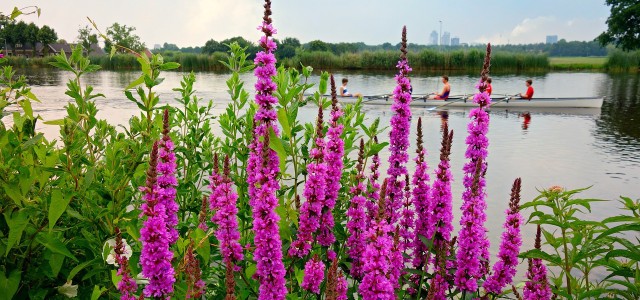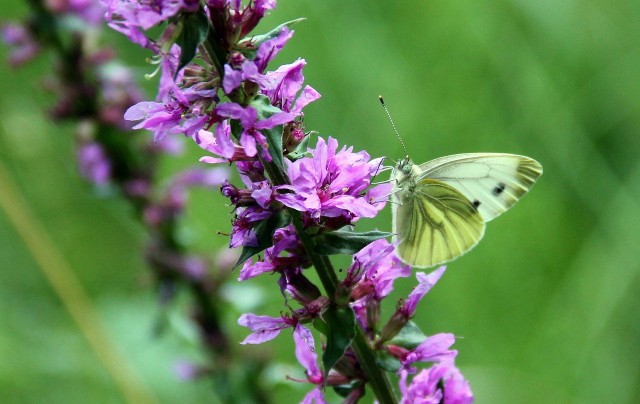Last updated on October 23rd, 2023 at 08:41 pm

Loosestrife is an increasingly popular plant in private gardens. This is due not only to its colorful appearance, but also its robustness.
Purple loosestrife, with scientific name Lythrum salicaria, is a species of loosestrife. This hardy plant is native to many gardens, where it blooms in pink throughout the summer. Loosestrife, also known as common loosestrife, grows to about 100 to 120 centimeters tall, making it a fairly large wild perennial. Its showy flowers attract butterflies and other insects, making it a good choice for a butterfly garden.
Purple loosestrife: location and planting
Purple loosestrife is exceptionally well suited for planting in moist and even wet places. Places on pond banks, stream banks and in shallow water are ideal. If the location is also sunny, your loosestrife will thrive magnificently. However, it will also tolerate a semi-shaded location.
As far as the time of planting is concerned, you are flexible. You can plant loosestrife all year round, as long as the soil is frost-free. Here’s how to do it:
- Dig a sufficiently large planting hole. This should be at least twice the size of the pot ball.
- If your soil is poor in nutrients, you can enrich it with some compost. Tip: If you don’t know what your soil is like, a soil sample will help.
- Then place the plant with the pot ball in the hole and fill in the excavated soil again. Important: If you want to plant more than one plant, you should make sure that there is sufficient distance between the plants. In any case, you should leave 50 centimeters of space between two young plants.
- Tread down the soil well and water the plant.
Loosestrife care: tips and tricks

Loosestrife is a very robust and easy-to-care-for plant – provided it doesn’t get too dry.
- If the plant is wet, for example in a pond or at the edge of a pond, you do not need to water it additionally. Otherwise, you should water it regularly. Rainwater or pond water is suitable for this purpose. Read also: Collecting rainwater: How best to collect and use it.
- In spring, you can fertilize the loosestrife with conventional perennial fertilizer. Alternatively, compost or horn shavings are suitable.
- Loosestrife is hardy. So you don’t have to take any additional precautions during the cold months.
- By the way: According to folk medicine, the plant’s ingredients help against skin diseases, inflammations, diarrhea and infections. In addition, loosestrife is used for tanning leather.


